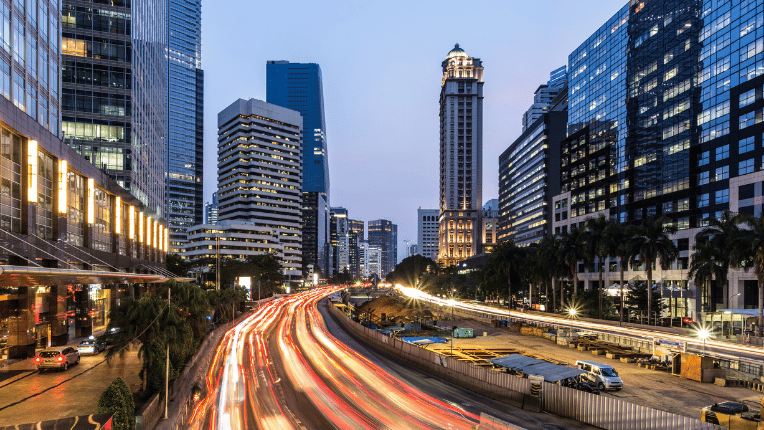Introduction to Doing Business in Indonesia
This 2-hour training course covers the fundamentals of doing business in Indonesia. Led by a facilitator, it focusses on local business culture and practices. For more information or to enquire about tailored programs for your organisation including in-person delivery, see course description.

Location
Online (or in-person by request – please enquire)
Price
Price for group bookings upon enquiry
Course details
Indonesia is an emerging Asian giant. It is the largest economy in Southeast Asia and steady growth continues on the back of open trade and investment policies and increasing domestic consumption. Indonesia’s proximity and emerging global market economy present significant opportunities for Australian enterprise. Yet Indonesia remains at an earlier stage of development than some of its neighbours, making it a more challenging place to do business.
This course helps participants build the knowledge and skills do business in Indonesia. It builds understanding of Indonesian business styles and how to respond to ensure successful business outcomes.
Duration: 2 hours
Format: Group; online; facilitator-led
Enquiries: +61 (0)3 8344 4800, academy@asialinkbusiness.com.au
Course takeaways
- Raise awareness of the key cultural drivers that impact the way business is conducted in Indonesia.
- Build understanding of Indonesian business styles and how to respond.
- Introduce the skills needed to effectively influence business outcomes and strengthen relationships when working in and with Indonesia.
Who should attend?
- Exporters
- ASX-listed organisations
- Small to medium businesses
- Professional services organisations
- Federal, state or local governments
Further information
Download (PDF 772.73 KB)

How can we help? Get in touch to discuss how we can help you engage with Asia
